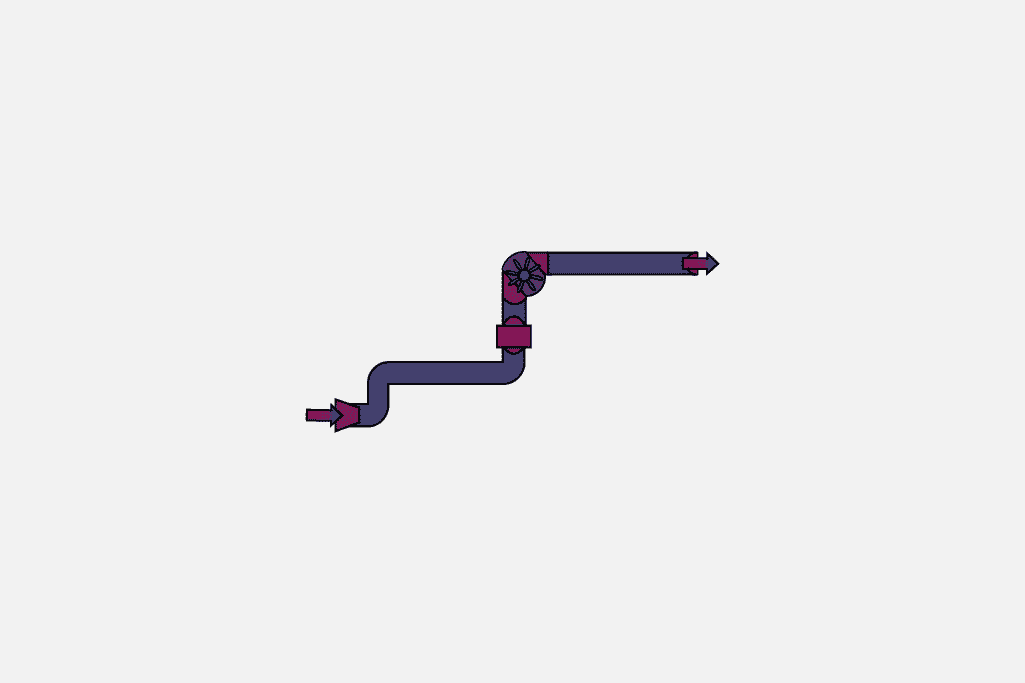In most organisations, risk assessments err on the side of safety. Whilst this should not be deemed to be an issue, it may be overcautious as it can result in large potentially explosive atmospheres being designated as higher than necessary for their classification of zoning (i.e. Zone 1/21 instead of Zone 2/22) or by blanket zoning entire areas or hazardous locations.
This can cause a large amount of financial expense in terms of purchasing and maintaining ATEX certified and other hazardous area equipment (including electrical equipment and electrical installations – NEIRA). We have worked with many companies to help them save money by correctly zoning their factories, production facilities, warehouses or spray booths.
Understanding Hazardous Area Standards and Dangerous Substances
Hazardous area Standards, such as IEC 60079-10-1 (International Standard: ‘Explosive Atmospheres, Part 10-1, Classification of Areas, Explosive Gas Atmospheres’, 2008 IEC) states:
“…Zone 0 or Zone 1 areas should be minimised in number and extent by design or suitable operating procedures. In other words, plants and installations should be mainly Zone 2 or non-hazardous.”
Where the release or storage of dangerous substances or flammable materials in an explosive atmosphere is unavoidable, process equipment items should be limited to those which give secondary grade releases or, failing this (that is where primary or continuous grade releases are unavoidable), the releases should be of very limited quantity and rate.
In carrying out a hazardous area classification, these principles should receive prime consideration.
A dangerous substance may include:
- flammable gases
- flammable liquids & flammable fluids
- combustible dust
- coal dust
- inert gas
- flammable solvents
- waste dusts
- other flammable substances
Where necessary, the design, operation and location of the process equipment should ensure that, even when it is operating abnormally, the number of flammable materials or dangerous substances released into an explosive atmosphere is minimised, to reduce the extent of the hazardous area.
Preparing Reports for Explosive Atmospheres
Therefore, when preparing a risk assessment report, you should seek to identify the possible sources of release and their bearing on the hazardous area classification. You should also ensure that any hazardous zones identified are a realistic interpretation of the actual situation and not an over-specification.
The general report format for assessing Unit Operations should include sections as follows;
Overview: The Unit Operation is defined and the presence of a flammable atmosphere in normal, or foreseeable abnormal, operation is considered. If a flammable atmosphere can’t occur, then the risk assessment stops there.
Presence of an Ignition Source: It is not the intention, at this stage, to determine all potential ignition sources, but just to confirm that there is at least one. This should also take into consideration the possibility of an unintentional ignition source being brought into the hazardous area (i.e. maintenance or measuring equipment).
Discussion of Risk: If there is a potential for a flammable/explosive atmosphere and an ignition source, then there is a discussion to determine the fire and explosion risks to people and whether actions are required.
Basis of Safety: The chosen basis of safety for the unit operation is considered along with its implications on adjacent units. You should also include the basis of safety and its physical location on the site. If you’ve got several pieces of engineering equipment, a different basis of safety will be needed.
Hazardous Area Classification (HAC): If there is a requirement in the Basis of Safety to control ignition sources, then the next section, Hazardous Area Classification (HAC), gives the relevant zone classification.
Recommendations: Finally, there are recommendations. Once the recommendations have been implemented, as far as reasonably practicable, then the Basis of Safety should be ‘sound’.
Auditing of the Implementation of the Recommendations
Additionally, there is an Auditing of the Implementation of the Recommendations, which is usually a follow-on.
It should be undertaken regularly to ensure that the Basis of Safety for each abnormal and normal operation is being maintained.
Another assessment could be required to verify the Basis of Safety or to determine whether the Basis of Safety has changed.
This assessment could also be used to determine if the Basis of Safety is acceptable and valid from a reasonably practicable aspect.
The correct application of Hazardous Area Classification (HAC) results in an appropriate budgetary spend on safety in the workplace.
For ATEX zone classification, minimising the use of expensive ‘Ex’ rated electrical and mechanical equipment and explosion protection systems, if it is required, helps to reduce the level of equipment from potential Category 2 to Category 3.
This can aid in reducing installation costs and replacement component stock levels.
How Sigma-HSE Can Help You Comply With Explosive Atmospheres Regulations
A Hazardous Area Classification is used to identify these places and areas whereby control measures must be put in place (if necessary) and therefore, these classifications make up an integral part of the DSEAR (Dangerous Substances and Explosive Atmospheres 2002) risk assessment and other explosive atmospheres regulations.
Get in touch with us to discuss how our experts can undertake hazardous area classifications to help you avoid over-zoning and maintain an intrinsic safety model in your work environment.
Our consultants undertake DSEAR (Dangerous Substances and Explosive Atmospheres) risk assessments and Hazardous Area Classifications in a holistic way to cover employees and non-employees across UK sites.
To help determine hazardous areas and to avoid emergencies involving dangerous substances, we offer a wide range of combustible dust & powder and flammable gas testing services accredited to internationally recognised standards.
Our tests include Dust Combustibility (Group A/B), Minimum Ignition Energy (MIE), Minimum Ignition Temperature (MIT), Layer Ignition Temperature (LIT) and Auto-Ignition Temperature (AIT).
For more information on DSEAR and ATEX, check out our on-demand webinar: DSEAR & ATEX: Update
Learn more about our ATEX zone classification solutions here.



